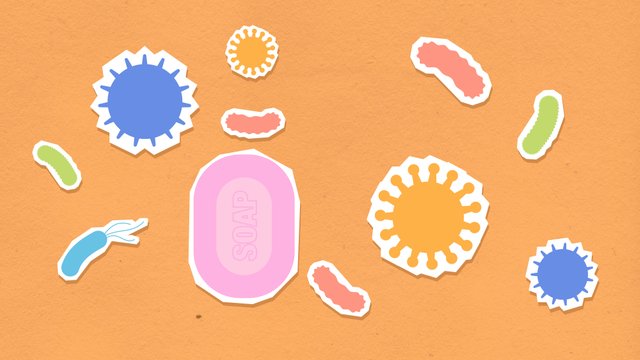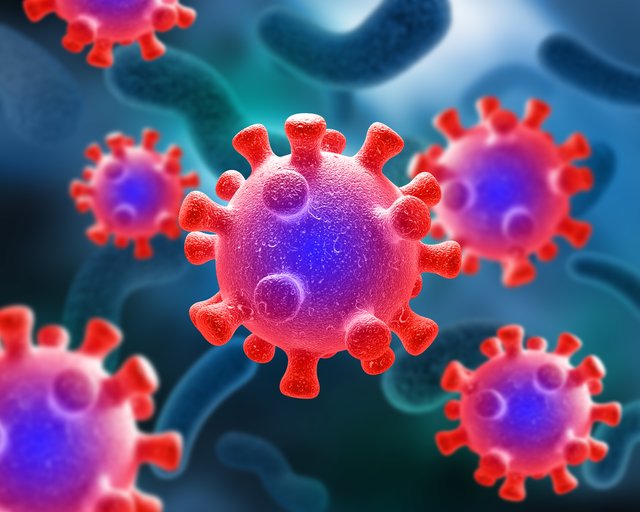Health Matters; INFECTIOUS DISEASES
Diseases are inevitable in humans, we often suffer from some kind of disease, and some are infectious while some are not. But in this post, I will be writing about infectious diseases, how they spread, measures one can take to avoid contracting them, the difference between bacterial and viral infection, and how socioeconomic factors affect the prevalence and impact of infectious diseases in various communities.
INFECTIOUS DISEASES
Contagious or, infectious ailments are ailments that affect humans typically caused by micro-organisms. Some infectious diseases are not communicable while others are communicable.
Infectious diseases are carried by a group of micro-organisms which are categorized into four groups;
- Bacteria
- Virus
- Fungi
- Parasite
Infectious diseases caused by bacteria include:
- E.coli
- Chlamydia
- Leptospirosis
- Staphylococcus
- Cholera, etc.
Infectious diseases caused by viruses include:
- HIV
- Coronavirus disease 2019
- Hepatitis
- Chickenpox
- Measles
Infectious diseases caused by fungi include:
- Candidiasis
- Cryptococcoses
- Histoplasmosis
- Blastomycosis
- Pneumocystis pneumonia
Infectious diseases caused by parasites include:
- Malaria
- Babesiosis
- Leishmaniasis
- Trypanosomiasis
- Chagas disease.
HOW INFECTIOUS DISEASES SPREAD
Contagious ailments can be disseminated through straightforward contact such as; kissing, sexual intercourse, sneezing, coughing, and touching.
They can also be disseminated when we come in touch with an infected animal. They can also be disseminated through airborne, that is through the air we breathe.
We can also contract contagious ailments from the water we drink and the food we eat.
They can also be disseminated through health care, that is from the needle used in giving injections, if the health care provider is not careful, we can contract infections from there.
MEASURES THAT ONE CAN TAKE TO PREVENT CONTACTING INFECTIONS
In cases of an outbreak of an infection, staying indoors is good
Social distancing and abstinence from pre-marital sex help to prevent infections
Wearing of nose mask, covering the mouth and nose when coughing and sneezing
Not coming in touch with an infected individual
Maintaining good personal hygiene.
Getting vaccinated
Etc.
DIFFERENCES BETWEEN BACTERIAL AND VIRAL INFECTIONS
Bacterial diseases are inflicted by bacteria while viral diseases are inflicted by viruses.
Bacterial infections survive outside and inside the host body while viral infections cannot survive outside the host body.
Bacterial infections can be cured while viral infections cannot be cured.
TREATMENT STRATEGY
It can sometimes be difficult to differentiate if an infection is caused by bacteria or viruses because they have the same symptoms, so the treatment varies, bacterial infections can be treated with antibiotics medication but viral infections cannot be treated with antibiotics medication but rather can be maintained with drugs
HOW SOCIO-ECONOMIC FACTORS AFFECT THE PREVALENCE AND IMPACT OF INFECTIOUS DISEASES IN DIFFERENT COMMUNITIES
Socio-economic factors such as Education, community study, and poverty have a great effect on the prevalence and impact of infectious diseases.
Factor like Education, when a community has the needed education about infectious diseases, they will be able to handle it and avoid the wide spread of it because people will know the causes and prevention of this disease and know how to go about it.
In the case where there is no such education, infections can easily be spread and mismanaged.
The same goes with community studies, it has a great impact on the spread and prevention of infections, the community will see the need to have a health center to get the people vaccinated.
Poverty makes it difficult for people in various communities to have the necessary funds to treat infections.
CONCLUSION
Contagious, or infectious ailments are ailments that affect humans typically caused by micro-organisms. Some infectious diseases are not communicable while others are communicable. Infectious diseases can be transmitted through direct contact such as kissing, sexual intercourse, sneezing, coughing, and touching, It can also be transmitted when we come in contact with an infected animal, etc. Social distancing and abstinence from pre-marital sex help to prevent infections, Wearing a nose mask, covering the mouth and nose when coughing and sneezing, etc also help in preventing infectious diseases. Proper treatment should be given to the carriers of these diseases, and I see sensitizing people to infectious diseases, their treatments, and prevention as essential as life. Therefore people should be educated on this.
Thank you!
I am inviting @vickmoon, @beevicsam, and @owulama to participate in this contest.



We invite you to continue publishing quality content. In this way you could have the option of being selected in the weekly Top of our curation team.
Thank you very much @mesola for the support.